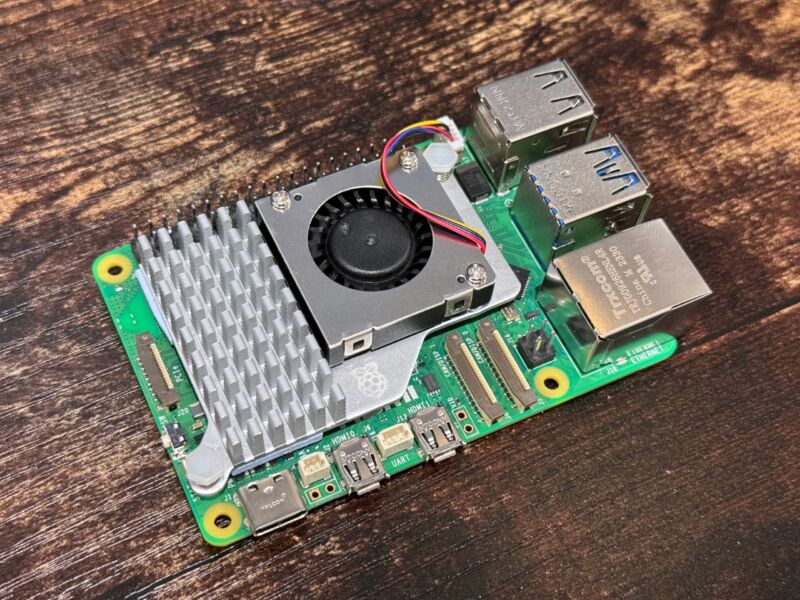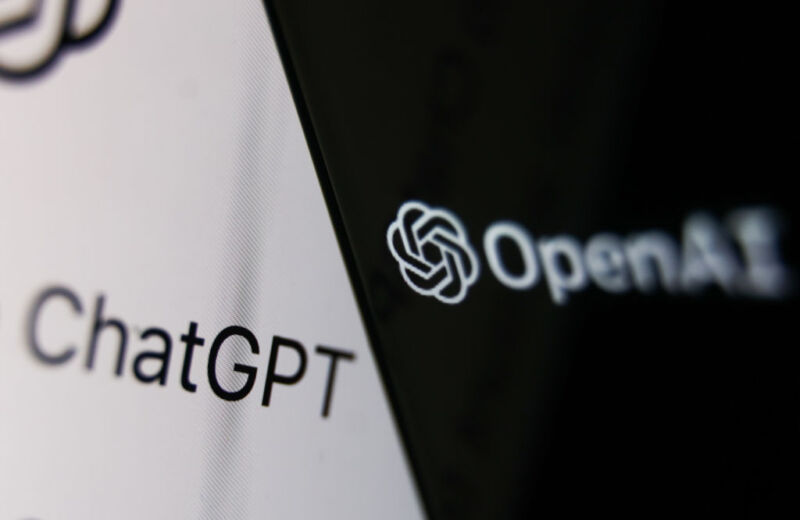Enlarge (credit: Getty Images)
Federal civilian agencies have until midnight Saturday morning to sever all network connections to Ivanti VPN software, which is currently under mass exploitation by multiple threat groups. The US Cybersecurity and Infrastructure Security Agency mandated the move on Wednesday after disclosing three critical vulnerabilities in recent weeks.
Three weeks ago, Ivanti disclosed two critical vulnerabilities that it said threat actors were already actively exploiting. The attacks, the company said, targeted “a limited number of customers” using the company’s Connect Secure and Policy Secure VPN products. Security firm Volexity said on the same day that the vulnerabilities had been under exploitation since early December. Ivanti didn’t have a patch available and instead advised customers to follow several steps to protect themselves against attacks. Among the steps was running an integrity checker the company released to detect any compromises.
Almost two weeks later, researchers said the zero-days were under mass exploitation in attacks that were backdooring customer networks around the globe. A day later, Ivanti failed to make good on an earlier pledge to begin rolling out a proper patch by January 24. The company didn’t start the process until Wednesday, two weeks after the deadline it set for itself.









